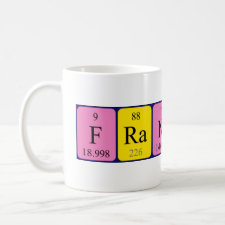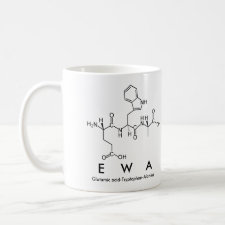
Authors: Cáceres C, Canfarotta F, Chianella I, Pereira E, Moczko E, Esen C, Guerreiro A, Piletska E, Whitcombe MJ, Piletsky SA
Article Title: Does size matter? Study of performance of pseudo-ELISAs based on molecularly imprinted polymer nanoparticles prepared for analytes of different sizes.
Publication date: 2016
Journal: Analyst
Volume: 141
Issue: (4)
Page numbers: 1405-1412.
DOI: 10.1039/C5AN02018B
Alternative URL: https://www.researchgate.net/publication/291138927_Does_size_matter_Study_of_performance_of_pseudo-ELISAs_based_on_molecularly_imprinted_polymer_nanoparticles_prepared_for_analytes_of_different_sizes
Abstract: The aim of this work is to evaluate whether the size of the analyte used as template for the synthesis of molecularly imprinted polymer nanoparticles (nanoMIPs) can affect their performance in pseudo-enzyme linked immunosorbent assays (pseudo-ELISAs). Successful demonstration of a nanoMIPs-based pseudo-ELISA for vancomycin (1449.3 g mol-1) was demonstrated earlier. In the present investigation, the following analytes were selected: horseradish peroxidase (HRP, 44 kDa), cytochrome C (Cyt C, 12 kDa) biotin (244.31 g mol-1) and melamine (126.12 g mol-1). NanoMIPs with a similar composition for all analytes were synthesised by persulfate-initiated polymerisation in water. In addition, core-shell nanoMIPs coated with polyethylene glycol (PEG) and imprinted for melamine were produced in organics and tested. The polymerisation of the nanoparticles was done using a solid-phase approach with the correspondent template immobilised on glass beads. The performance of the nanoMIPs used as replacement for antibodies in direct pseudo-ELISA (for the enzymes) and competitive pseudo-ELISA for the smaller analytes was investigated. For the competitive mode we rely on competition for the binding to the nanoparticles between free analyte and corresponding analyte-HRP conjugate. The results revealed that the best performances were obtained for nanoMIPs synthesised in aqueous media for the larger analytes. In addition, this approach was successful for biotin but completely failed for the smallest template melamine. This problem was solved using nanoMIP prepared by UV polymerisation in an organic media with a PEG shell. This study demonstrates that the preparation of nanoMIP by solid-phase approach can produce material with high affinity and potential to replace antibodies in ELISA tests for both large and small analytes. This makes this technology versatile and applicable to practically any target analyte and diagnostic field
Template and target information: protein, horseradish peroxidase, HRP, cytochrome C, Cyt C, biotin, melamine



Join the Society for Molecular Imprinting

New items RSS feed
Sign-up for e-mail updates:
Choose between receiving an occasional newsletter or more frequent e-mail alerts.
Click here to go to the sign-up page.
Is your name elemental or peptidic? Enter your name and find out by clicking either of the buttons below!
Other products you may like:
 MIPdatabase
MIPdatabase









